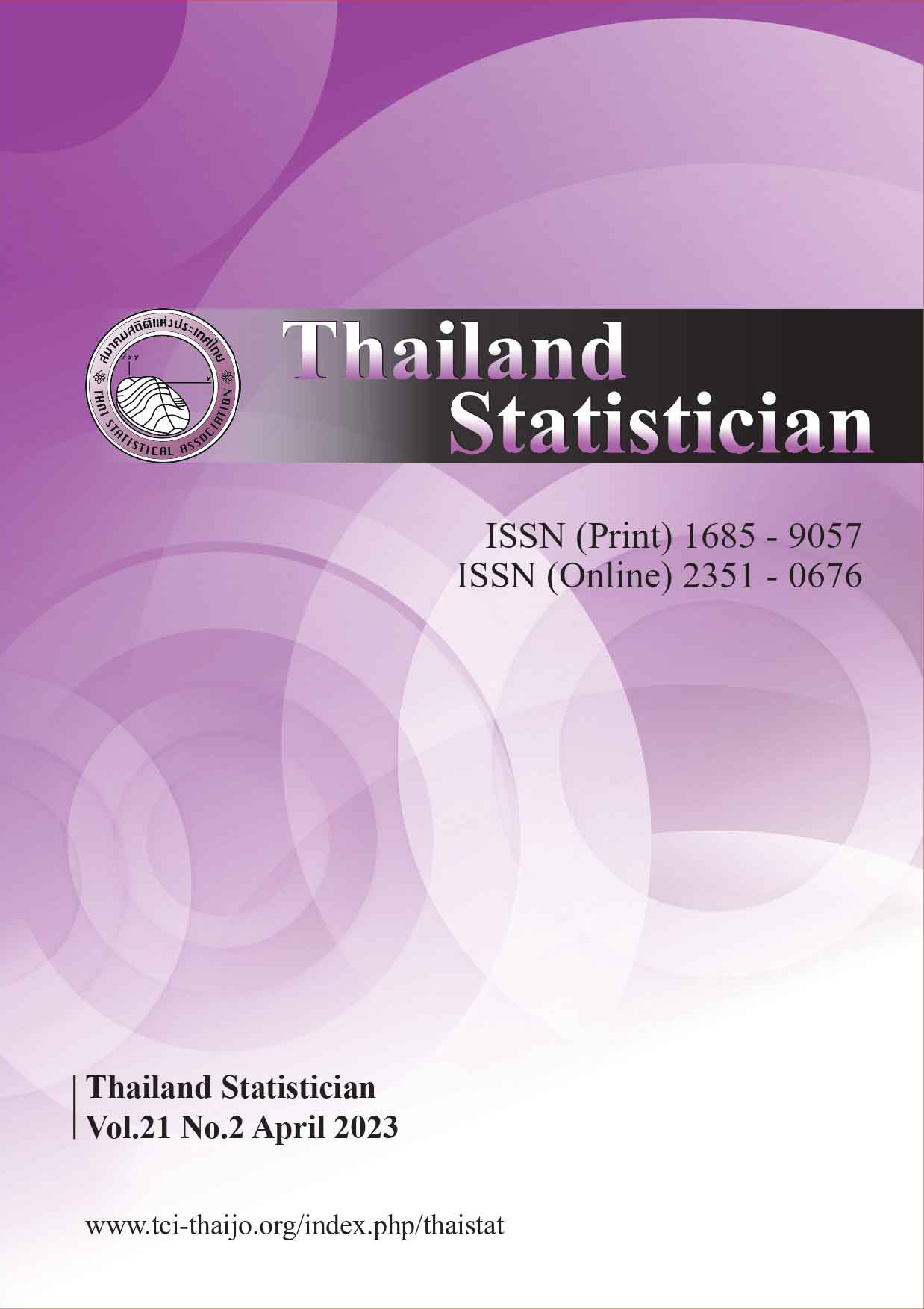Claim Development Patterns with Cluster Analysis
Keywords:
Run-off triangle, claim development patterns, agglomerative hierarchical clustering, Ward’s method, clusteringAbstract
Loss reserving models has been in majority very sensitive to long payment delay of incurred claims, the insurance company is not able to, precisely, forecast the amount or the delay which a claim need to be settled definitively. Therefore, this existing contrast between claim development patterns called for the idea of implementing clustering techniques in order to extract patterns of development claims through the set of information aggregated in the run off triangle. The aim of this paper is to shed the light on the way of eliciting the multiple features of development pattern for IBNR claims using Wards agglomerative clustering algorithm.
References
Blashfield RK. Mixture model tests of cluster analysis: accuracy of four agglomerative hierarchical methods. Psychol Bull. 1976; 83(3): 377-388.
Bornhuetter RL, Ferguson RE. The actuary and IBNR. CAS59: Proceedings of the Casualty Actuarial Society;1972. p.181-195.
Charpentier A, Pigeon M. Macro vs. micro methods in non-life claims reserving (an econometric perspective). Risks. 2016; 4(2):12.
Duda RO, Hart PE, Stork DG. Pattern Classification, 2nd Edition. New York: John Wiley and Sons; 2001.
Everitt B, Hands S. A Monte Carlo study of the recovery of cluster structure in binary data by hierarchical clustering gechniques. Multivar Behav Res. 2010; 22(2): 235-243.
Hartigan JA. Clustering Algorithms. New York: John Wiley and Sons; 1975.
Hastie T, Tibshirani R, Friedman J. The Elements of Statistical Learning. New York: Springer; 2009.
Holler KD. Something old, Something new in classification ratemaking with a novel use of GLMs for credit insurance.CAF1999: Proceedings of the Casualty Actuarial Society Forum; Winter; 1999. p. 31-84.
Jain A. Data clustering 50 years beyond K means. Pattern Recogn Lett. 2010; 31(8): 651-666.
Kaufman L, Rousseeuw P. Finding Groups in Data: An Introduction to Cluster Analysis. New York: John Wiley and Sons; 1990.
Kremer E. Minimum distance loss reserving. Blatter DGVM. 2000; 24(4): 629-634.
Kuiper F, Fisher L. A Monte Carlo comparison of six clustering procedures. Biometrics. 1975; 31(3): 777-783.
Schmidt KD. Loss prediction based on run-off triangles. Adv Stat Anal. 2012; 96(2): 265-310.
Schmidt KD. Methods and models of loss reserving based on run-Off trianglesa unifying survey. CAF2006: Proceedings of the Casualty Actuarial Society Forum; Fall; 2006. p.269-317.
Ward J, Joe H. Hierarchical grouping to optimize an objective function. J Am Stat Assoc. 1963; 58(1): 234-244.
Downloads
Published
How to Cite
Issue
Section
License

This work is licensed under a Creative Commons Attribution-NonCommercial-NoDerivatives 4.0 International License.




